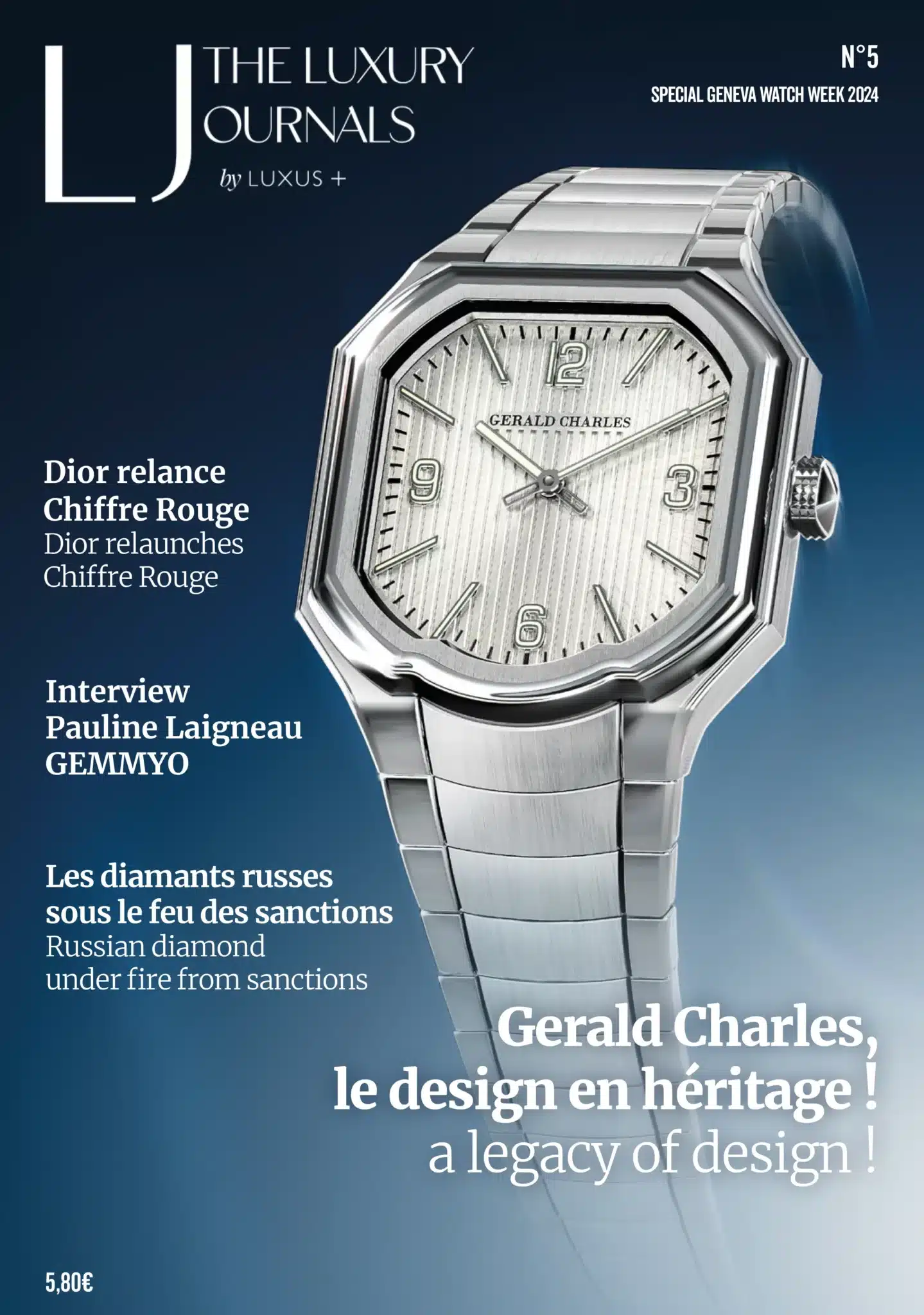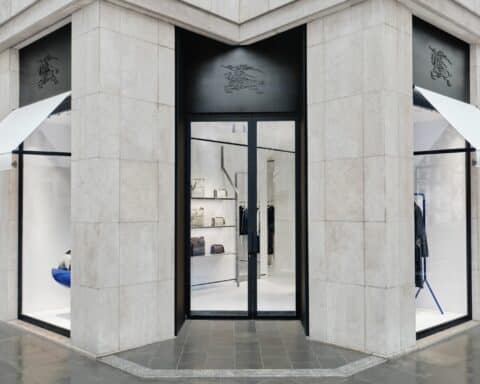The legal stakes are many for luxury brands in the race to use the most innovative technologies.
In the first episode, Anne-Katel Martineau, a lawyer with Lexing – Alain Bensoussan Avocats, discusses the second issue, the protection of customer data and digital images.
E-commerce requires the implementation of customer data management strategies that must be strengthened by the use of technology, in particular to enable the exploitation of images linked to customer facial recognition.
Luxury brands use customer data to offer exclusive products, services and new experiences.
On the one hand, they use personal data such as the customer’s surname, first name, e-mail address, telephone number, sometimes bank details and birthday. On the other hand, they will use data relating to purchases made online or in-store, and customer preferences, in order to propose tailored and targeted offers. Some brands rely exclusively on data to launch online media campaigns.
Finally, we can see that they are collecting, processing and storing new data through the use of “Internet Of Things” (IOT).
Artificial intelligence
IOTs are “objects” that integrate sensors, software and various technologies to connect to other terminals and systems on the Internet to exchange data. So-called physical “objects” can collect data and communicate via the Internet with little human intervention. Cooperation between the physical world and the digital world is thus established for the benefit of people. This cooperation is in the midst of a revolution, thanks in particular to the use of artificial intelligence. Artificial intelligence will increasingly be used to manage characters and facilitate the most realistic experiences possible, especially in the metaverse. By way of example, artificial intelligence enables facial recognition technology. In concrete terms, software using artificial intelligence will measure data relating to a face (distance between eyes, forehead and chin, height of cheekbones, shape of lip contours, etc.) and store it in a database, enabling subsequent identification of the physical person, or even authentication using codes and passwords.
Luxury brands therefore need to consider how to protect images in sequence and the overall image of each customer. Any project to use facial recognition must be subject to a Data Protection Impact Analysis, known as “AIPD”, in accordance with the recommendations of the French Data Protection Authority (CNIL).
It should be noted that, at the beginning of 2021, the CNIL launched a first so-called personal data “sandbox” call to enable innovative projects, some of which are based on artificial intelligence, to benefit from enhanced support to result in a service or product that complies with current regulations and respects privacy.
What is personal data?
Read also > [CHRONICLE] LUXURY & TECHNOLOGY LEGAL ISSUES: EPISODE 1 – COMPLIANCE WITH DIGITAL PLATFORM LAW
Featured Photo: Getty Images/Unsplash+






































